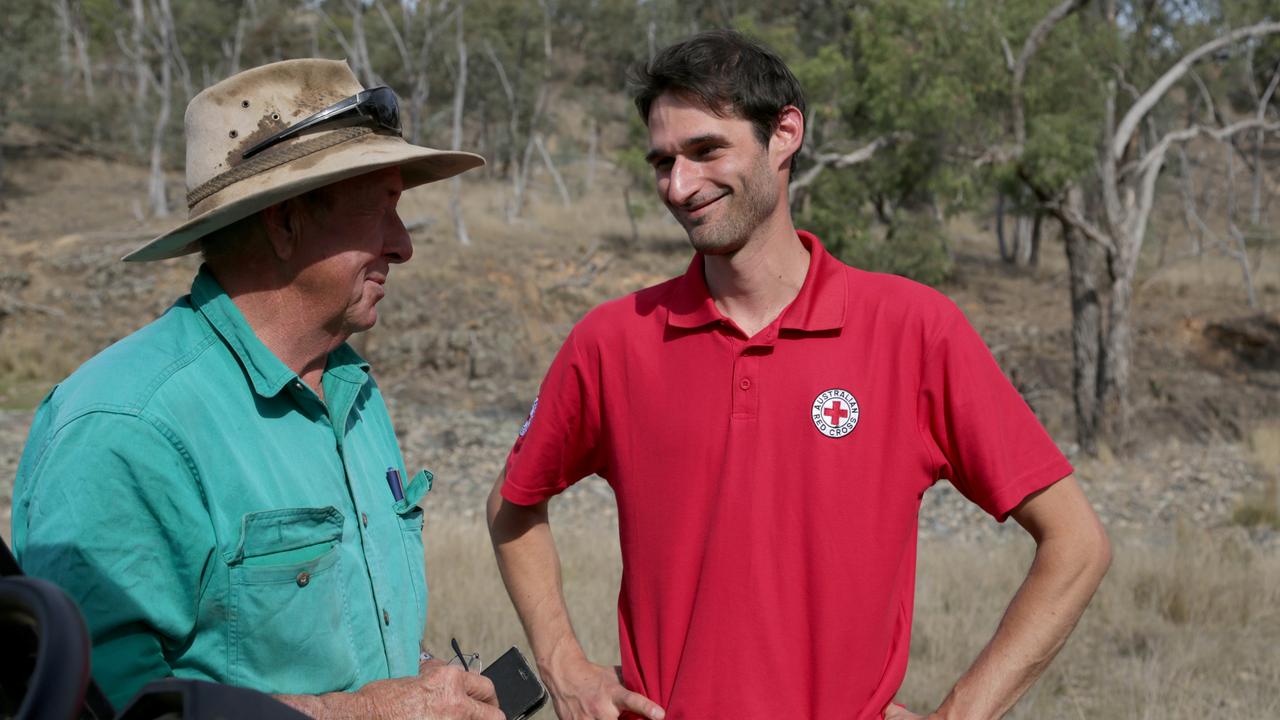Rich history of the NT’s Mt Bundy Station
ALBEN Perrett pioneered the buffalo industry in the Northern Territory. Here’s a look into his life, written by his grandson, GARY RICHARDS.
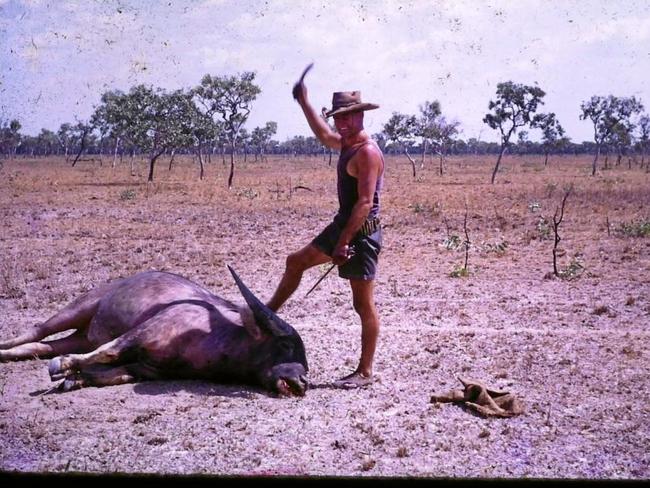
Alben Perrett pioneered the buffalo industry in the Northern Territory.
He was the first in Australia to export buffalo meats overseas.
This story has been written by Alben’s grandson, Gary Richards.
ALBEN Perrett bought Mt Bundy Station in 1951 with a partner Honour Burcher, who he later bought out.
Alben, with his Aboriginal workers, would shoot 2000 buffalo a year for hides only, salt and dry, then send to Africa and Turkey.
Alben and mate Bill Banks set off in 1951, in a Willys Jeep and trailer to buy cattle at Mt Isa.
When they arrived the cattle buying didn’t work out, Alben said to Bill “we are half way to Darwin, I have never shot a buffalo.”
They arrived in Darwin a few days later, they camped opposite the Darwin Hotel, after a good look around they ventured to Adelaide River, met up with Bill Wyatt, who took them out to Mt Bundy shooting buffalo.
Bill Wyatt offered the property to Alben, including a butcher shop in Darwin, where the fire station is today.
This was later condemned, then Alben built the Darwin Meat Supply out of the buffalo hide money.
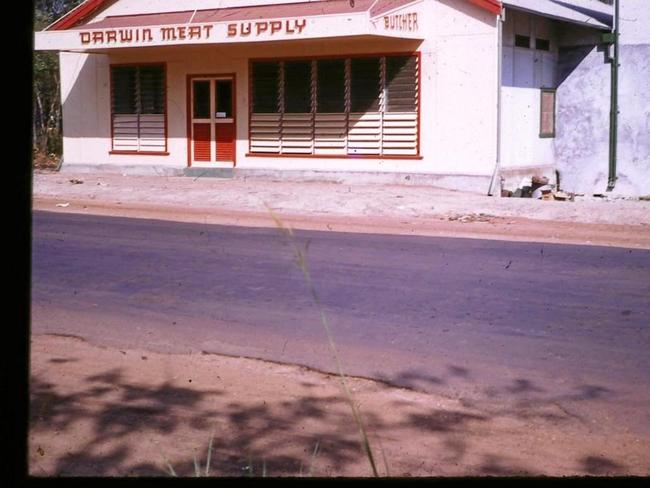
Alben, annoyed with the waste of buffalo meat, commenced building his own abattoir at Deep Water, 22 miles east of Mt Bundy in 1961.
Alben acquired most of his boners from Gympie and the Wide Bay areas. Wages were $1.20 per hour.
When the abattoir was in production, most of the buffalo meats were exported to Singapore and Hong Kong.
Alben received help from Sir Charles Aderman, the Federal Minister for Primary Industries in his projects to commence an abattoir and export buffalo meats.
At the same time Alben owned the Darwin Meat Supply, the largest butcher shop in Darwin: 12 butchers, a normal week was 80 bodies of beef, 60 lamb, 30 pigs, four vealers, wages for a butcher was $1.20 per hour.
The buffalo had to be shot and transported back to the abattoir in a certain time limit. Jim McGuie, Alben’s son-in-law, and ex-professional deer shooter from NZ, would shoot 42 buffalo a day. They were transported three at a time and had to be hand winched on one at a time.
Alben had a bet with Jim how many 303 bullets it took to shoot 100 buffalo.
Jim shot 99 buffalo with one shot each and two bullets on number 100.
This was all done with open sight 303s.
They tried also live catching — this was very dangerous as a bull buffallo could lift and roll a vehicle over.
During the early years Alben and his daughters would shoot crocodiles for skins. All this was seasonal as in the wet there was no access.
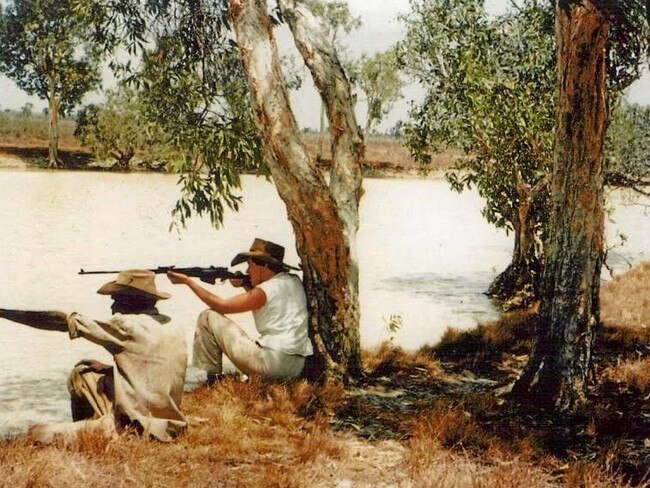
Breakdowns caused many problems: they had to rely on the Army or Airforce men on days off to fix or weld machinery. They were repaid with shooting a buffalo for meat or catching a barra.
Alben said in those days you could catch barra in your hands.
Alben’s right-hand-man was Robin, an Aboriginal. He travelled with Alben everywhere.
Barramundi was always plentiful, you could live off the land.
Alben then leased two grazing licences: Cannon Hill and Jim Jim.
They later became Kakadoo National Park and 1964 they where given back to the government.
One day the workers put bamboo spikes in a small channel. When the tide lowered they had 200 barra — they fed many people with them. Alben salted a lot of fillets and bought some back to Queensland.
Mt Bundy Station was very historical during World War II.
There was 90,000 soldiers stationed there. This was a naval base during the war for intercepting and transmitting Japanese messages.
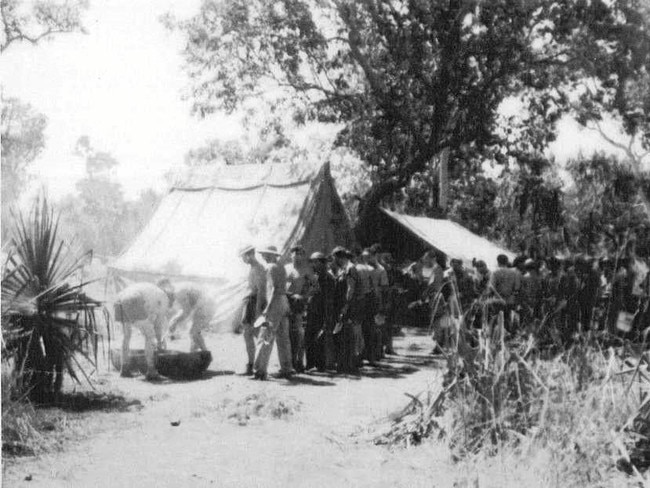
They had an air strip, hospital, large headquarters, huge vegetable gardens and fruit trees, even a dance hall.
There were many remnants left from the war: vehicles, guns, ammunition, bog runners, and tools.
I have many fond memories:
Year One at the Adelaide River Primary school 1960 and the war cemetery — one of the nicest well kept cemeteries in Australia. I can remember mustering cattle as a five-year-old, finding several large live ammunition dumps, live bombs, live anti-aircraft bullets — everywhere they mustered cattle. We where always careful.
Alben’s son-in-law Bill Ross controlled all the stock camps, cattle management, finances of Mt Bundy and the Darwin Meat Supply and Abattoir.
Alben’s other son-in-law, John Richards, drove the export meat truck to Darwin, then managed the Darwin Meat Supply and mustard all cattle and was the only cattle buyer.
In 1967 Mt Bundy and Darwin Meat Supply was sold to WR Grace, an American company. The property is now all cut up into small farms.
During these years Alben, a true horse and cattleman, became the largest land owner in the Kilkivan shire, 60,000 acres and 6000 head of cattle. His son Jack ran this property with his family.
Alben had a stroke in 1965. This left him paralysed down the left side.
His wife Beatrice Perrett died in 1971 aged 69.
Alben died in 1993 aged 91.
Mt Bundy Station
THE station dates back to 1913, previous owners where Fred Hardy and Bill Wyatt.
The Hardy brothers moved to the Northern Territory from Victoria sometime around 1905, working as cattlemen, buffalo shooters and horse breeders.
They also had a sister, Mary, who married Ted Willis, a fettler on the railways at Pine Creek.
Hubert Hardy, better known as Fred Hardy, first worked for Bill Laurie, owner of Humpty Doo and Marrakai Stations before starting his own station – Mount Bundy – in 1907.
He was keen on horse racing, always riding his own horses, many of them winners at bush meetings and major events in the Top End including a win on Salidon at the Pine Creek Cup.
Fred lost more than 300 cattle and 15 horses to floods during the 1916 wet season, when the highest recorded rainfall fell in the Top End at the time, causing widespread flooding.
In 1928, Fred caught six buffalo calves for Vestey’s for trial export to the Philippines to be raised as beasts of burden.
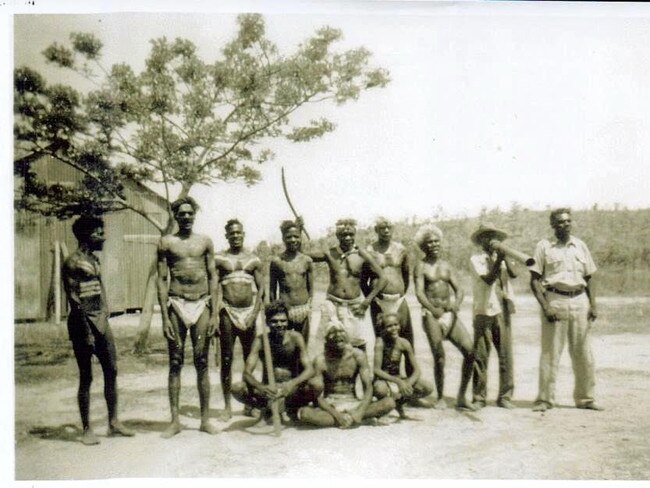
Capturing the young buffs proved a dangerous task as one of the calves’ mother kept attacking Fred’s horse causing him to hit a tree.
He had no rifle with him at the time and had to signal to one of the Aboriginal riders for his gun to shoot the cow.
The calves were thrown and tied before being loaded onto a truck and taken back to the homestead.
There, they were tied to a tree where they quietened down within a couple of days.
Within four days the buffalo calves were so quiet that Fred was able to lead one with a rope onto the ship, Antonio, with the others following.
Fred also caught young buffaloes like this for Taronga Zoo in Sydney and a zoo in Melbourne.
In 1937, at 67 years and after 30 years on Mount Bundy, Fred sold the station to Wyatt and Gregory and moved to Perth in Western Australia to retire. But Fred soon got homesick for the Territory and returned a year later and bought Goodparlor Station from Tom Cole in August, 1938. Fred, then aged 68, as well as working the station, once again indulged his passion of racing horses.
In January 1940, he was working on his truck when it rolled over him and broke his leg.
Station hands attempted to drive him into Pine Creek in his truck but they couldn’t get past the Mary River which was in flood.
They built a raft to float him across and one of the men walked to Pine Creek for help, returning with another truck.
After being driven into Pine Creek, 180 miles along rough and boggy track, he then had to endure a hair-raising flight in Roy Edwards’ Moth aircraft through buffeting winds and torrential rain before arriving safely in Darwin.
By September, and at 70 years of age, Fred was back racing horses again. Tragically, he was killed when his horse Bully fell during a race at Adelaide River.
He died from severe head injuries from being kicked by his horse when they fell.


